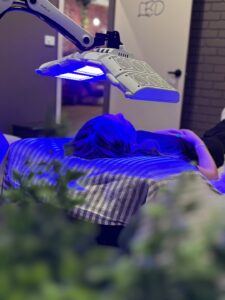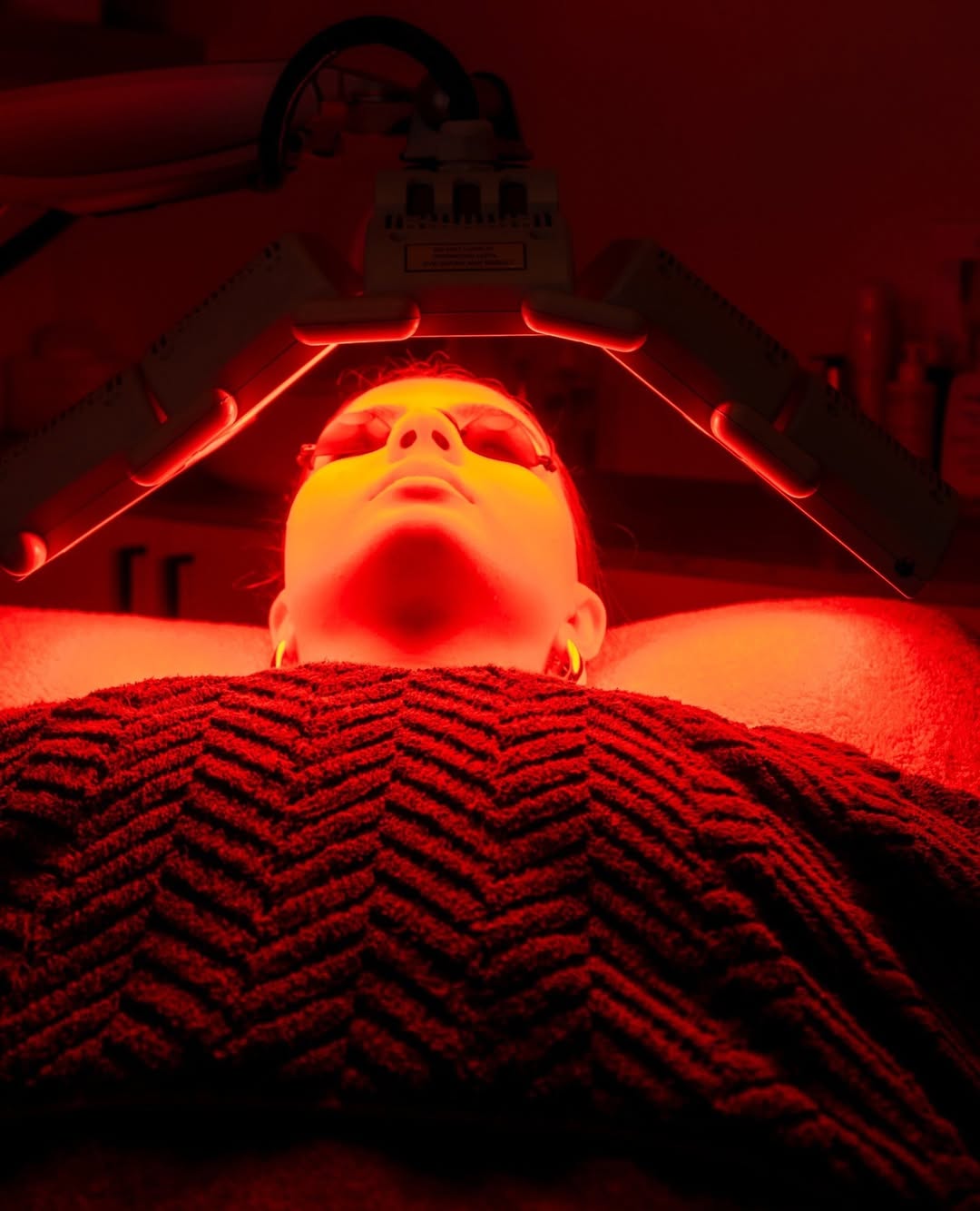Red light therapy (RLT) has gained significant attention in recent years for its potential benefits in pain management and healing. Utilizing low-level wavelengths of red light, this non-invasive treatment method is believed to stimulate cellular processes, enhance tissue repair, and reduce inflammation. As more individuals seek alternative solutions to traditional pain relief methods, RLT is emerging as a promising option for those suffering from chronic pain, sports injuries, and various musculoskeletal conditions.
In this article, we will explore the science behind red light therapy, its mechanisms of action, and the various conditions it may help alleviate. We will also delve into the growing body of research supporting its effectiveness, discuss different application methods, and offer insights into what users can expect from this innovative therapy. Whether you’re a patient looking for pain relief or a practitioner seeking additional treatment options, understanding red light therapy may provide valuable information for enhancing health and well-being.
Mechanisms of Action
Red light therapy operates primarily through photobiomodulation, a process in which light energy is absorbed by the mitochondria, the powerhouse of the cell. This absorption stimulates the production of adenosine triphosphate (ATP), enhancing cellular metabolism and promoting healing. Furthermore, red light has been shown to increase blood flow and reduce oxidative stress, which can lead to decreased inflammation and quicker recovery times. As a result, many individuals turn to Red Light Therapy For Pain as a method to alleviate various conditions including arthritis, tendonitis, and muscle strains.

Applications and Benefits
The versatility of red light therapy extends to several applications, making it suitable for a broad range of conditions. Beyond pain management, it has been utilized to enhance wound healing, improve skin conditions like acne and psoriasis, and reduce the appearance of scars. This holistic approach encourages not only physical recovery but also improves overall skin health and rejuvenation. As research continues to solidify its benefits, red light therapy remains a focal point in the exploration of complementary treatment technologies for enhancing health and well-being.
In conclusion, red light therapy presents a compelling natural alternative for pain management, offering a multifaceted approach to healing that goes beyond traditional methods. As it harnesses the power of light to drive cellular processes, it shows promise in alleviating various forms of pain while promoting overall tissue health. The increasing body of research supports the efficacy of RLT, revealing its potential to benefit those suffering from chronic pain, sports injuries, and inflammatory conditions. As more people explore this innovative therapy, they may find not only relief from physical discomfort but also an improvement in their overall quality of life, making red light therapy a valuable option in the pursuit of health and well-being.




